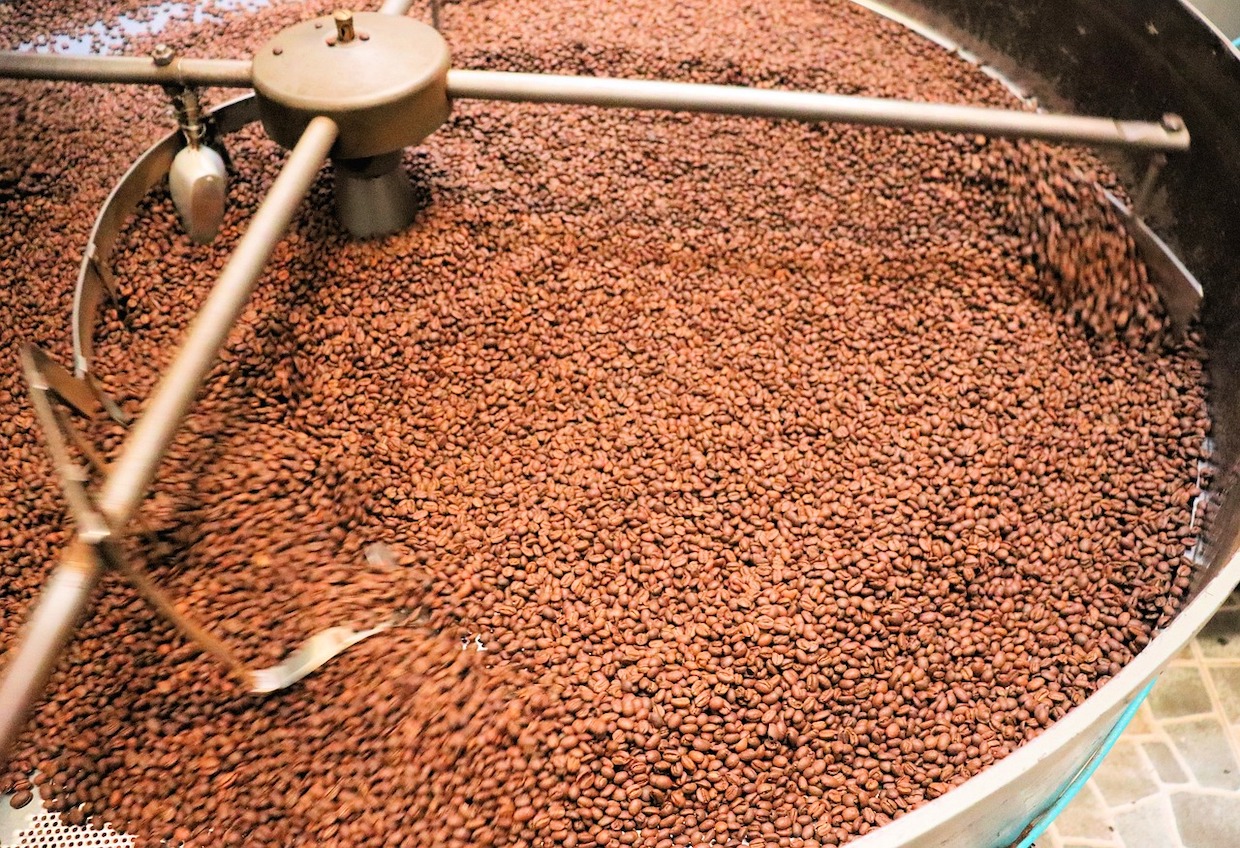A group of researchers from the Coffee Excellence Center at Zurich University of Applied Sciences (ZHAW) this week shed new light on what makes the flavors and aromas of certain specialty coffees stand out on the cupping table.
Principal investigator Chahan Yeretzian and researcher Samo Smrke presented the results at the Spring meeting of the American Chemical Society (ACS) on Wednesday.
The research group was specifically focused on what it called “fermented” coffees — in this case, coffees that have been subjected to carbonic maceration at the farm- or mill-level post-harvest processing stage.
“There are now flavors that people are creating that no one would have ever associated with coffee in the past,” Yeretzian said this week. “The flavors in fermented coffee, for example, are often more akin to fruit juices.”
A phrase and method borrowed initially from the wine industry, carbonic maceration is a style of anaerobic fermentation that typically involves whole, ripe coffee cherries that are sealed in airtight containers before being infused with carbon dioxide.
When successful, the process is believed to lend new and enhanced desirable flavors and aromas to coffees after further processing, roasting and brewing. The process gained widespread interest in the coffee sphere after 2015 World Barista Champion Sasa Sestic used a carbonic-maceration-treated coffee in his winning routine.
The processing method has since gained popularity among green coffee sellers (producers, exporters, etc.) and buyers (traders, roasters, etc.) who have increasingly sought to offer new and unique coffee experiences and products, in order to capture more value.
Thus, carbonic maceration and other post-harvest processing innovations have also been the subject of some controversy. Opening the doors to new flavors and aromas through processing interventions may also invite less legitimate and transparent means to create new flavors.
As the ACS stated this week, “With fermented coffee becoming more popular in competitive events, some people have been concerned that the lack of knowledge about fermented coffee may make it difficult to distinguish between the genuine product and regular joe that has been illicitly adulterated.”
In an effort to determine what gives fermented coffee its distinct flavors, the research team focused first on aroma, using a combination of the human noses of sensory experts and chromatography (GC) sniffing, which involved devices and mass spectronomy. While the scientific instruments were able to identify and separate specific compounds, the human noses were required to identify how those compounds smelled.
Analyzing a fermented coffee alongside a washed-process coffee and a semi-pulped-natural-process coffee, the group discovered six compounds that were clearly associated with the carbonic maceration coffee. Further, the research team was able to identify three of those compounds: 2-methylpropanal, 3-methylbutanal and ethyl 3-methylbutanoate.
“There’s still quite a lot of unknowns surrounding this process,” Smrke said. “A better understanding of the sources of these compounds could help the team standardize production methods, making it easier to produce fermented coffee at larger scales and allowing even more people to enjoy this distinctive flavor.”
Does your coffee business have news to share? Let DCN’s editors know here.
Nick Brown
Nick Brown is the editor of Daily Coffee News by Roast Magazine.
Comment
1 Comment
Comments are closed.









Great insight